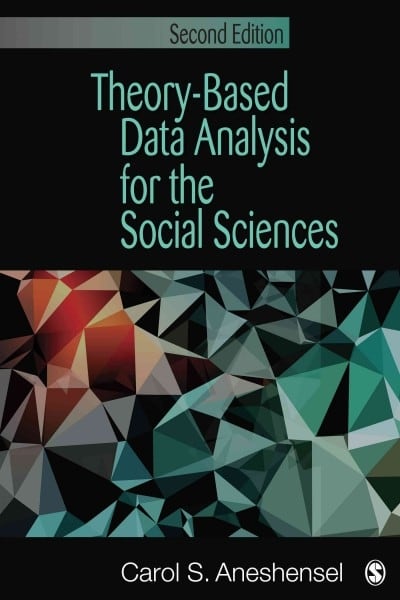Question
I am stuck here; I need help. Thank you. Instructions: After you read the text, answer the following question. According to Frey, Fisher, and Hattie,
I am stuck here; I need help. Thank you.
Instructions:
After you read the text, answer the following question. According to Frey, Fisher, and Hattie, assessment-capable learners:
- are aware of their current level of understanding in a learning area.
- understand their path and are confident enough to take on the challenge.
- can select tools and resources to guide their learning.
- seek feedback and recognize that errors are opportunities to learn.
- monitor their own progress and adjust course as needed.
- recognize what they're learning and can teach others.
How do you foster (or want to start to foster) student assessment capability? How could greater attention to this issue transform your practice - and your student's potential?
The text:
If we want students to take charge of their learning, we can't keeprelegating them to a passive role in the assessment process. Assessment is conventionally thought of as something we do for students. We measure their progress and report it to them, their families, and the public. Enlightened teachers take it a step further, using assessment results within a systematic formative process to make decisions about future instruction. These educators may join professional learning communities to make data-driven decisions for their grade level or department. There is one person whose input is left.
Out of these processesthe student. The person at the center of the discussion is relegated to a passive role. When we leave students out of assessment considerations, it is akin to fighting with one arm tied behind our backs. We fail to leverage the best asset we have: the learners themselves. What might happen if students were instead at the heart of the assessment process, using goals and results to fuel their learning? What if they were more assessment-capable? (Absolum et al., 2009). What does it mean for students to be assessment competent? Here's a rundown: They know their current level of understanding in a learning area. They understand their learning path and are confident about the challenge. They can select tools and resources to guide their learning. They seek feedback and recognize that errors are opportunities to learn. They monitor their progress and adjust the course as needed. They recognize what they're learning and can teach others. In short, assessment-capable learners enact the deep knowledge we now possess about the significant roles that motivation, goal setting, self-regulation, and feedback play in learning. And here's the secret: Assessment-capable learners are cultivated by teachers and school leaders who intentionally foster these skills. Let's look at these underlying capabilities and how they are developed.
The Evidence Base
For this discussion, we'll highlight evidence of learning using a statistical measure called an effect size. Effect sizes are calculated by measuring the impact of an approach, condition, or intervention on learning. John created a database of nearly 300 million students worldwide to determine what factors influence student achievement. He calculated that an effect size of 0.40 represents a year's worth of growth in learning for a year in school (Hattie, 2012). So, effect sizes that exceed 0.40 accelerate learning. Each factor we've associated with assessment-capable education offers the potential to accelerate learning.
Motivation. The catalyst for learning is motivation. It enables students to stick with a challenging problem, seek new information independently, set goals for themselves, and follow through (Locke & Latham, 2002). Although motivation can't be easily measured, the right conditions can foster it, and the good news is that we can control these conditions. It begins with building a solid, pleasant climate emphasizing learning over performance. Thus, teachers who nurture assessment-capable learners make relevancy into every lesson and capitalize on student interest to elevate critical thinking. Getting the degree of challenge right is crucial: not too hard or dull. The effect size of this so-called "Goldilocks" level of challenge is 0.72, nearly doubling the learning speed (Hattie, 2012).
Goal Setting. Imagine getting in your car and driving without knowing where you are headed. Your passenger knows but doesn't reveal it. She gives you turn-by-turn directions. Your ability to navigate diminishes because you depend entirely on the passenger. Not ideal, suitable? Yet, we create a similar condition when we don't share the learning destination and work with our students to establish goals to get there. Instead of being equipped to take command of their learning, students often depend on adults to inform them when they have learned something. On the other hand, clearly communicated goal setting drives learning and achievement space in the learning day for students to appraise their work and examine their progress toward their goals.
Step by Step Solution
There are 3 Steps involved in it
Step: 1

Get Instant Access to Expert-Tailored Solutions
See step-by-step solutions with expert insights and AI powered tools for academic success
Step: 2

Step: 3

Ace Your Homework with AI
Get the answers you need in no time with our AI-driven, step-by-step assistance
Get Started


